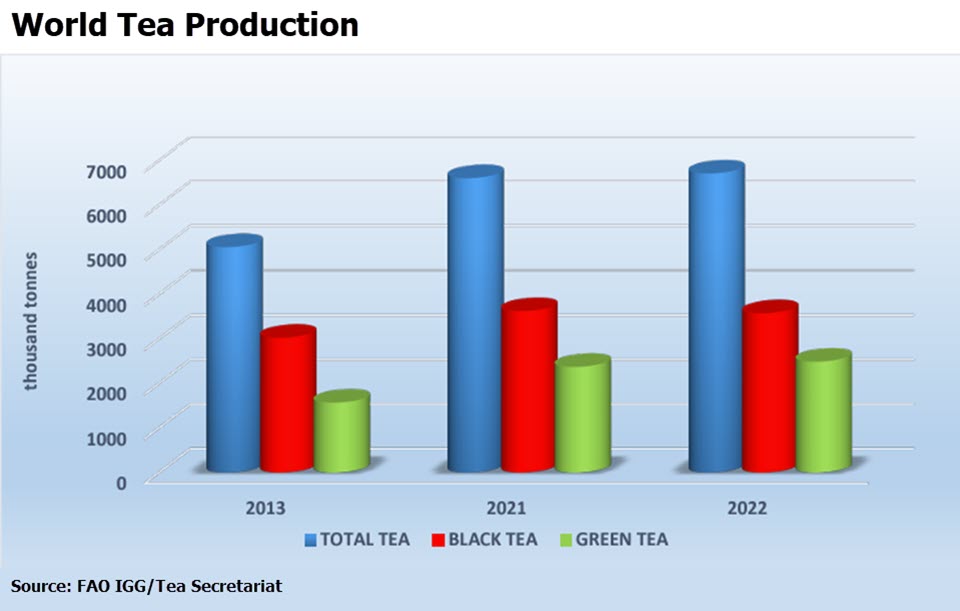By Aravinda Anantharaman | Managing Editor
India Tea News for the week ending March 22, 2024
Powered by RedCircle

NETA Opposes 100% Dust Auction
Kamal Jalan, Chairman of The North Eastern Tea Association (NETA), spoke on the challenges facing the Assam tea industry and the way forward. The Association, which held its biennial general meeting in Golaghat, Assam, on March 13, has spoken against the latest government order for 100% of Tea Dust to be sold via the auction system, calling it detrimental to the industry’s survival. They also raised the issue of food safety compliance, calling for greater awareness among small tea growers, increased testing and facilities needed to conduct tests at factories, and a roadmap towards achieving 100% compliance with food safety standards. They also raised the issue of stopping tea production in winter, which is now practiced in north India. The Association has said they do not favor reducing production but instead focus on the generic promotion of tea in the domestic market, aiming for per capita consumption of 1 kilo.
Safe Tea Comes into Focus
Indian tea is seeing a renewed and determined march towards food safety. After coming under constant flak, 2024 opened with the Food Safety Standards Association of India, calling for more compliance and partnering with the tea board to see how this can be effected. It’s good to see it in action. Last week, the FSSAI led a training session in the Nilgiris on safe and hygienic tea production practices for small tea growers. In North Bengal, the domestic certification body Trustea partnered with the association of small tea growers for training on pest control, soil health management, and pesticide use.
India Sends Delegates to Iran
Iran, once a big buyer of Indian tea, has ceased to import the same volumes as before. The Mint reported that tea shipments to Iran have dropped from 54.5 mn kilos in 2019 to 5.2 mn between January and November 2023. Iran is still considered an important export market; a trade delegation is planned to dialogue with Iranian authorities. Shipping disruptions and payment challenges aside, Iran had an internal crisis in November 2023 when tea importer Debsh Tea Company was embroiled in a $3.4 billion embezzlement scandal. India’s tea exports to the UAE dropped 25% from 2022 to 2023.
Powered by RedCircle










